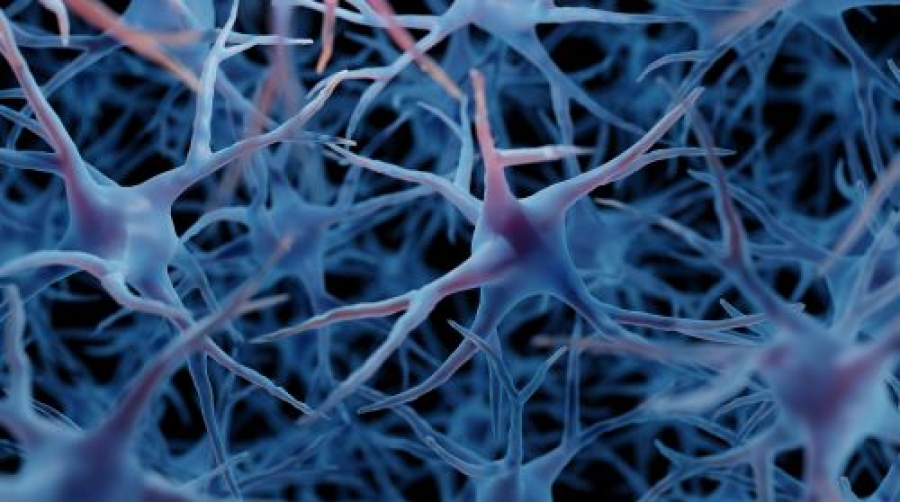Neurofeedback goes hand in hand with neuroplasticity training in Denver as they both have the goal of training the brain. Neurofeedback is a form of biofeedback therapy that uses real-time feedback to measure physiological signals using electroencephalography (EEG) technology. It is closely related to the concept of neuroplasticity as it helps patients learn to regulate their brain’s electrical activity. In turn, this improves attention, memory, focus, mood, sleep quality, stress management, and anxiety.
While there are many different types of brain training therapies these days, neurofeedback can be used for “neuroplasticity training” to focus specifically on improving cognition and enhancing learning. In fact, some studies suggest that neuroplasticity training enhances the benefits of standard cognitive training programs.
The science behind it is fascinating. When you engage in neuroplasticity training, you’re essentially rewiring your brain. This is because neuroplasticity works by stimulating specific parts of the brain, which in turn increases blood flow and oxygenation. As a result, neurons fire faster, stronger, and longer.
What Is Neuroplasticity?
Neuroplasticity simply refers to the brain’s ability to learn and adapt to stimuli. This process includes both physical and mental changes. For example, your neuroplasticity may help improve your athletic performance, or even to treat post-traumatic stress disorder (PTSD) with the right guidance and support.
The brain develops throughout life. As we age, our brains become less flexible and can lose some of their ability to adapt and learn.
Neuroplasticity is the Brain’s Ability to Rewire Itself
Neuroplastic changes occur in our brains throughout our daily lives. They help us learn, remember, process information, and make decisions. As we age, neuroplasticity declines. But it does not mean we lose our cognitive skills. We still retain the same number of neurons as we grow older – but there may be fewer connections among those neurons.
Neuroplastic changes can help treat physical and mental issues including chronic pain, anxiety, and trauma. These symptoms are often associated with decreased neuroplasticity. Which is the dysfunctional ability of the brain. There are many ways to increase neuroplasticity. Some of the most simple ways include mindfulness, meditation, exercise, and dietary supplements. However, if you really want to increase your neuroplasticity, neurofeedback is the way to go.
What is Neurofeedback Therapy?
Neurofeedback is a type of biofeedback therapy where patients learn to control their brain’s electrical activity. During a neurofeedback session, patients might be asked to relax while sensors record their brain waves. Once the patient enters a relaxed state, they are rewarded with a relaxing sound effect or another form of reinforcement. Through iterative training, this process helps train the brain to regulate itself.
Learn About How You Can Practice Neuroplasticity Training Through Neurofeedback.
If you would like to learn more about neuroplasticity training in Denver through neurofeedback at Braincode Centers, contact us today to set up a consultation.

